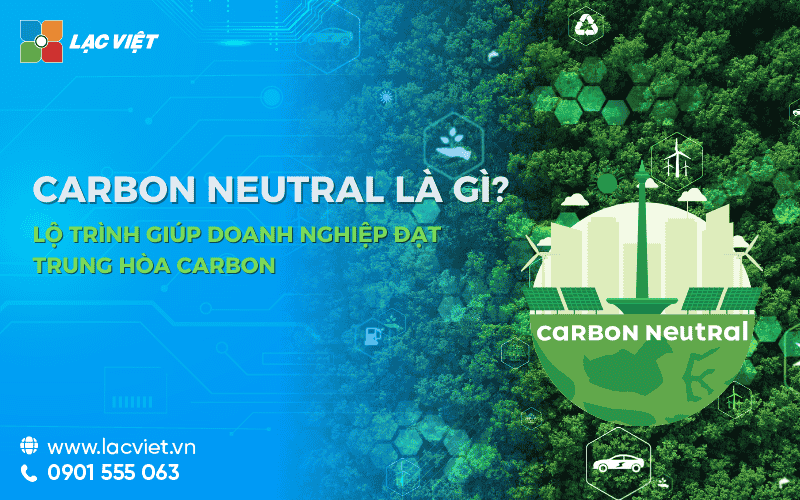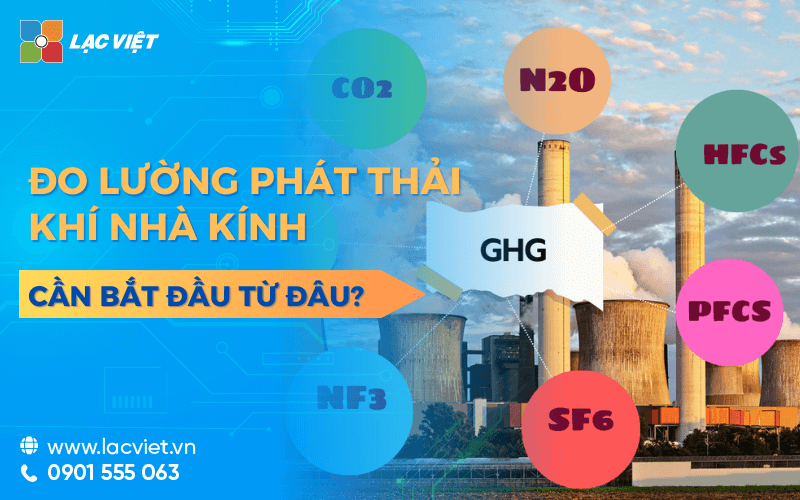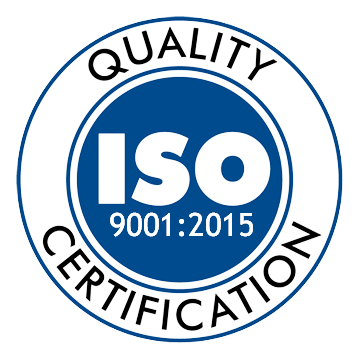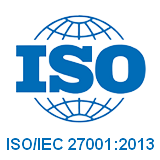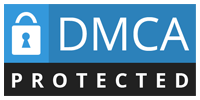Global temperature rise, natural disasters harsh, resource depletion are putting pressure for all businesses in the world. In that context, Carbon Neutral (carbon neutral) is not only an option, which has become a mandatory standard for businesses to maintain sustainable operations, compete in the global market to meet rigorous standards of the government.
So Carbon Neutral what is? How to business can reduce greenhouse gas emissions, reaching the state carbon neutral without influence? The same Lac Viet Computing find out details in this article.
Global context
According to the report of the intergovernmental panel on Climate change (IPCC), the average temperature worldwide has increased by more than 1.1°C above the pre-industrial era. If no interventions temperature can continue to rise to dangerous levels, leading to consequences such as sea level rise, extreme weather, biodiversity loss, food crisis.
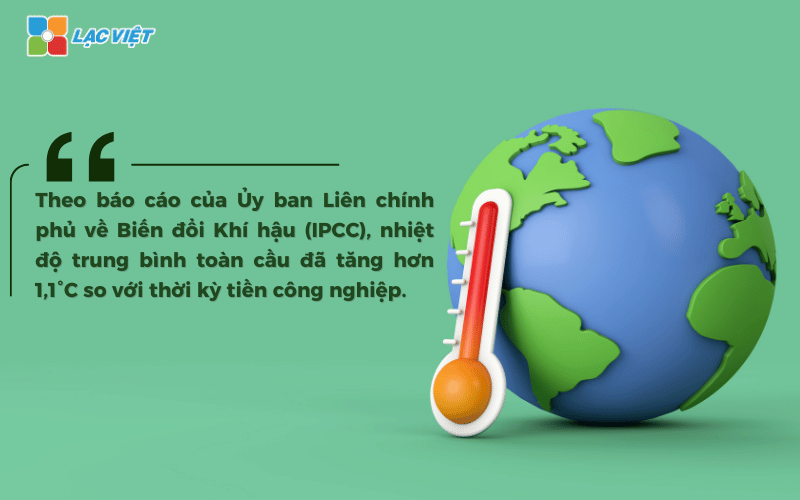
Before that situation, many countries, and business is aiming to be carbon neutral in order to minimize the amount of greenhouse gas emissions into the environment. The international policy as agreement Paris 2015, adjustment mechanisms border carbon (CBAM) of the EU program committed to reducing other emissions, has put out urgent requirement for business in the implementation of measures to reduce emissions, offset carbon.
Carbon neutral has become an important standard in production activities operated business. Large companies such as Microsoft, Apple, Unilever has committed to achieving carbon neutral in the coming years and are implementing strategies to reduce emissions.
With the global trend towards Net Zero by 2050, the learn implement a strategy to be carbon neutral to help businesses meet the legal requirements, create new business opportunities, optimize operating costs, enhance brand value in the eyes of customers and investors.
- Scope 3 Emission is? Comprehensive guide to measuring and managing emissions indirect
- CBAM is what? What should prepare to cope with adjustment mechanisms border carbon of the EU?
- What is CO2 offset Point? Explained in easy to understand and practical applications for business
- Carbon Footprint is? Calculate, reduce the Carbon footprint for your business
1. Carbon Neutral is what?
1.1. Definition Carbon Neutral
Carbon Neutral (carbon neutral) is equilibrium between the amount of gas CO₂ emissions into the atmosphere, amount of CO₂ be removed or clearing through the solution absorption offset carbon. This means a business, organization, or individual can achieve carbon neutral when the amount of CO₂ that their emissions in the production process, operation, transportation or consumption is minimized and the rest be offset by other measures.
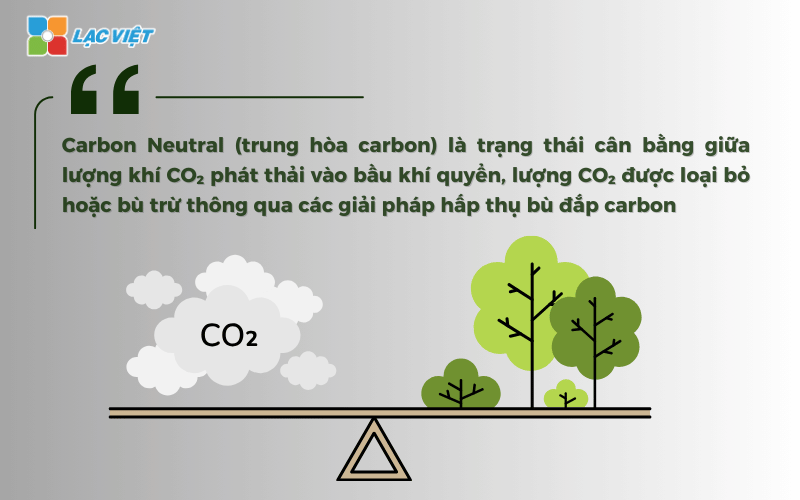
How to achieve Carbon Neutral:
- Reduce the emission of CO₂ from the manufacture, operation, transportation using renewable energy, improving energy efficiency, optimizing the supply chain.
- Absorb CO₂ by investing in natural solutions such as reforestation, ecosystem restoration or use technology seizure of carbon (Carbon Capture and Storage – CCS).
- Offset carbon by buying credits carbon (Carbon Credit) from clean energy project, protected forest or capturing technology emissions to offset the emissions can not completely remove.
According to international standards, carbon neutral doesn't mean no emissions of CO₂, which instead is to ensure that the total amount of gas CO₂ emissions equal to the amount of gas CO₂ be removed or offset, which helps reduce the impact on climate change.
1.2. Differentiate Carbon Neutral and Net Zero
Although carbon neutral and net zero are often used interchangeably, but they have important differences in approach, scope emissions.
| Criteria | Carbon Neutral | Net Zero |
| Range of greenhouse gas | Just focus on CO₂ | Includes all greenhouse gases (CO₂, CH₄, N₂O, HFCs, PFCs, SF₆) |
| How to achieve | Reduce emissions of CO₂, offset carbon by buying credits carbon | Reduce the emission maximum, only offset the emissions can not remove |
| Requires cutting emissions | Is not required to reduce the emission maximum before offset | Requires drastically cut emissions before offset the rest |
| Common applications | Businesses, organizations, events, or products can achieve carbon neutral by offsetting emissions | Country, industry or group has committed to reduce emissions, long-term roadmap science |
For example, a company can achieve carbon neutral by continuing to use the energy from fossil fuels, but buy credits carbon to offset the amount of CO₂ emission. Meanwhile, a company committed to net zero need to transition to using renewable energy, improving the entire supply chain to reduce emissions to the minimum level before considering offsetting carbon.
1.3 Regulations and standards related
- PAS 2060: international standards on carbon neutral by the British standards institution (BSI) issued, requires the organization to prove emissions have been measured, reduce – compensate in full.
- ISO 14064: standard management, greenhouse gas, business support, inventory reports emissions of CO₂.
- SBTi (Science-Based Targets Initiative): a guide to the business goal of reducing emissions consistent with climate science.
Understanding the difference between carbon neutral and net zero help businesses identify the goals, consistent with the sustainable development strategy of his. While carbon neutral is an important step, then net zero is committed to the long-term, more comprehensive demands radical change in the pattern of production operation of the business.
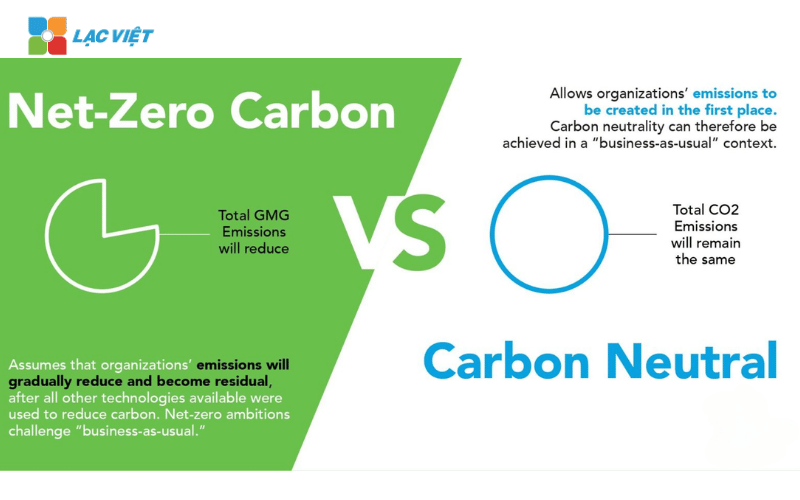
2. Why business needs to achieve Carbon Neutral?
In the context of policies to control emissions increasingly strict market demand towards product – service friendly with the environment increase, reaching carbon neutral not only is an option that has become mandatory requirement for many businesses.
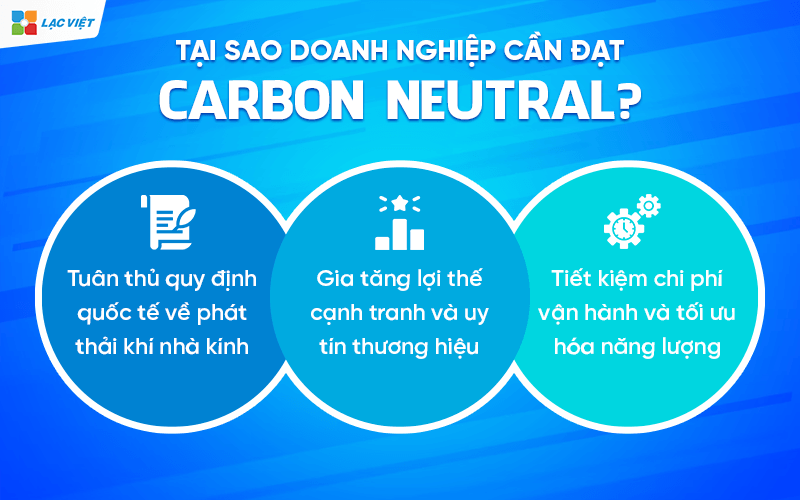
The main benefit of being carbon neutral, including:
- Compliance with legal regulations
- Increase competitive advantage, reputation, brand
- Optimized operating costs, energy use efficiency.
2.1. Compliance with international regulations on greenhouse gas emissions
Governments and international organizations are giving more tightly regulated to control the amount of greenhouse gas emissions, forcing companies to measure, report, implement solutions to reduce emissions. The key provisions enterprises need to comply with include:
- Agreement-Paris 2015: Set a goal to limit the global temperature increase below 1.5°C compared to pre-industrial era, requires national and corporate commitment to reduce emissions of CO₂.
- CBAM (adjustment mechanisms border carbon) of the European union: Apply from the year 2026, CBAM will require businesses export to the EU must report emissions of CO₂ of product, can bear the carbon tax if they do not meet the standard emission.
- ISO 14064: international standards on inventory report on greenhouse gas emissions, help the business determine the amount of emissions, build a plan to reduce efficiency.
- PAS 2060: standard on carbon neutral by British standards Institute (BSI) developed to help businesses demonstrate commitment to reducing emissions offset carbon.
Achieving carbon neutral to help businesses comply with regulations, minimize legal risks to avoid taxes carbon future.
2.2. Increase competitive advantage and brand reputation
Customers/investors increasingly prioritize the business strategy for sustainable development and committed to reducing greenhouse gas emissions. Some statistics indicating:
- 75% of customers are willing to pay higher prices for products friendly with environment (according to Nielsen 2023).
- 90% of investors believe that business strategy ESG (Environmental, Social, Governance), better will be the performance of financial stability over the long term (according to PwC 2023).
- More than 2,000 companies worldwide have committed to reaching Net Zero by 2050, many of which the company is committed to achieve carbon neutral before 2030.
The business achieve carbon neutral will attract more customers, have the opportunity to access investment funds, green financial incentives from the government.
2.3. Save operating costs, optimized energy
The cut greenhouse gas emissions to help businesses comply with regulations, optimize manufacturing operations, reduce operating costs. Measures to reduce emissions usually come with initiative, energy-saving, lead to financial benefits significantly:
- Reduce energy costs: The upgraded lighting system, using sensors, power-saving optimized performance machines help reduce energy consumption from 10-30%. For example, Vinamilk has installed solar power system on the roof of the workshop, help to reduce 15% of the cost of electricity annually.
- Optimized production processes – supply chain: Using renewable energy instead of fossil fuels to help businesses reduce dependence on energy resources is not sustainable.
- Make use green technology to reduce waste: Use artificial intelligence (AI) and Internet things (IoT) to track energy consumption in real time, optimizing operation of the plant. Google has apps AI in the data center, helping to reduce 40% of power consumption compared with traditional methods.
- Limit the impact of fluctuations in fuel prices: The business used fossil fuels are influenced by oil price fluctuations, the carbon tax increasing. The switch to using clean energy to help stabilize the long-term cost.
Thus, carbon neutral help businesses achieve the target of emission, bringing economic benefits through savings on operating costs, optimized energy performance-enhancing activities.
3. To achieve Carbon Neutral for business
To reach the state Carbon Neutral, businesses need to make a route system. This process helps businesses comply with the international standards, optimize costs, enhance operational efficiency, increase competitive advantage in the market.
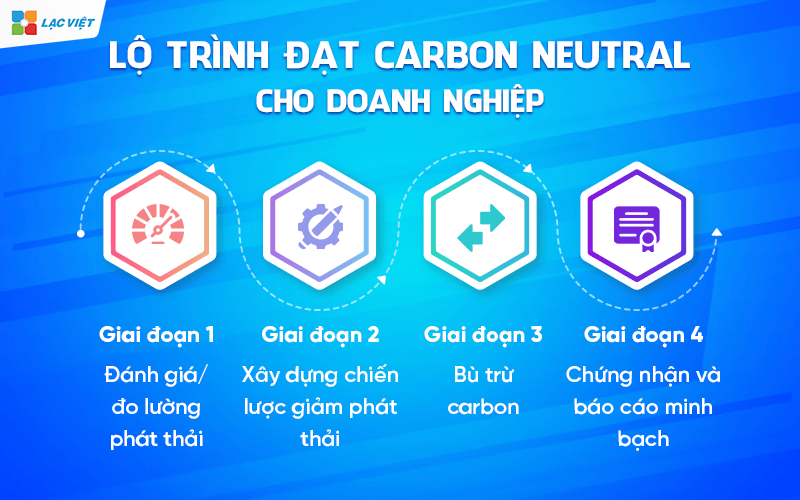
Stage 1. Assessing measurement emissions
The measurement of emissions is an important first step in the roadmap to reach carbon neutral. Without accurate data, businesses will not be able to determine the amount of greenhouse gases arising from their activities, as well as proposed measures to cut efficiently.
Apply standard inventory of greenhouse gas GHG Protocol
GHG Protocol is the standard most popular international help businesses measure reports the amount of greenhouse gas emissions. According to the GHG Protocol, emissions are divided into three ranges (Scope 1, 2, 3):
Scope 1 (direct emission or): include emissions from the operation of the business of direct ownership or control, such as:
- Burning fuel in the boiler, engine, factory.
- Emissions from transport vehicles owned business.
- The chemical process produces greenhouse gases in industrial production.
Scope 2 (emissions indirectly from energy consumption): the Amount of CO₂ arising from the use of electricity, steam, hot water that business buyers from outside.
Scope 3 (emissions indirectly else in the value chain): include emissions from suppliers, goods transport, use of product, after sales, waste disposal, tourism work.
Formula for calculating the emissions of CO₂
The general formula to calculate the emissions of CO₂: emissions CO₂ (ton) = Active consumption × emission factors
Practical example:
A business consumes 10 million kWh of electricity/year and using power from the national grid with the emission of 0.5 kg CO₂/kWh.
Emissions Scope 2 will be calculated as follows:
10.000.000 kWh × 0,5 kg CO₂/kWh = 5.000.000 kg CO₂ (5,000 tons of CO₂/year)
After measuring emissions, businesses can identify areas have high emission and plan to reduce emissions in a strategic way.
Stage 2. Build strategy to reduce emissions
After determining emissions, businesses need to establish a plan to reduce to advance to the state carbon neutral.
Improve energy efficiency
- Upgrade lighting systems: Replacing fluorescent bulbs with LED saves up to 60% power.
- Optimize HVAC system (heating, ventilation, air conditioning): Installation of smart sensors to reduce energy consumption.
- Use equipment certified to save energy: choose from machinery and Energy Star certified to help reduce 10-30% of electricity consumption.
Transition to renewable energy
- Installation of solar electric systems, wind power instead of electricity from fossil fuels.
- Signed a contract to buy power clean (PPA – Power Purchase Agreement) with suppliers of renewable energy.
- Use the certificate of renewable energy (REC – Renewable Energy Certificate) to offset the amount of electricity consumed from the grid.
For example, Google has committed to using 100% renewable energy in the entire data center his help reduce the millions of tons of CO₂ per year.
Optimized logistics and supply chain
- Preferred suppliers have policies to lower emissions.
- Improve freight: Use electric trucks, route optimization to reduce fuel consumption.
- Reduce waste: Apply economic models recirculation to reduce emissions from production and consumption.
Stage 3. Offsetting carbon (Carbon Offsetting)
If the business can't fully cut emissions of CO₂, offsetting carbon is a necessary solution. Offsetting carbon help business neutralize emissions by investing in projects to absorb or prevent emissions of CO₂.
The method of offsetting carbon downloads
- Plantation protect ecosystem: investments in reforestation project, restoring tropical forests help absorb CO₂.
- Support renewable energy: Buy credits carbon from wind power projects, solar power to offset the amount of CO₂ emission.
- Capturing carbon storage (CCS – Carbon Capture & Storage): technology capturing CO₂ from industrial plants, underground storage.
Buying credits carbon (Carbon Credit)
Credits carbon is certified for per ton of CO₂ be reduced or absorbed from the project sustainable. The market credits carbon include:
- EU ETS (European Union Emission Trading System)
- Verified Carbon Standard (VCS)
- Gold Standard
For example, Google bought credits carbon from the project protected forest in Peru to offset emissions from the center of your data.
Stage 4. Certification and transparency report
Certified Carbon Neutral
For business to be recognized as Carbon Neutral, registration certificate according to international standards:
- PAS 2060: International standards on carbon neutral.
- ISO 14064: standard on the inventory of greenhouse gas emissions reporting.
- GHG Protocol: manual measurement, reduce greenhouse gas emissions.
Transparency report
- Public figures emission pathways emission reduction on the report, sustainable development every year.
- Use tools power monitoring to ensure the business is going in the right direction in the target carbon neutral.
- Register to join the initiative as SBTi (Science-Based Targets initiative) to demonstrate commitment to reduce emissions consistent with climate science.
- How to calculate credits carbon and the method applied to calculate credits carbon
- Business how to get credits carbon accordance with international standards?
- Coefficient of Co2 emissions according to the IPCC and any conversion of the form of energy
- Net Zero is what? Roadmap 2050 and solution goal commitment
4. Pioneer businesses achieve Carbon Neutral
In the context of the global transition to economy, low emissions, many businesses have pioneer in achieving the state Carbon Neutral. These companies pledged to cut emissions of CO₂, deploy specific strategies to neutralize emissions through investing in renewable energy, technology, capturing carbon offsetting carbon.
Here are the three leading enterprises have and are achieving carbon neutral, become a model for other institutions around the world.
4.1. Microsoft – carbon neutral since 2012, towards Carbon Negative by 2030
Microsoft is one of the companies pioneering technology in achieving Carbon Neutral since 2012 and set a goal of Carbon Negative by 2030. That is, Microsoft not only reduce emissions but also remove more CO₂ from the atmosphere than they emit.
- Using 100% renewable energy: Since 2012, Microsoft has invested in wind energy, solar to operate the entire data center, office and factory. Commitment to 2025, all data centers worldwide will use completely renewable energy.
- Applicable model internal “Carbon Fee”: Microsoft raises the level of free carbon internal to encourage division in the company, process optimization to reduce emissions. Funds collected from this fee is re-invested in sustainability initiatives such as capturing carbon and planters.
- Investment into technology seizure carbon (CCS): Microsoft has spent more than $ 1 billion into the project seizure of stored CO₂, help to significantly reduce the amount of greenhouse gas emissions. Are testing technologies, Direct Air Capture (DAC) to absorb CO₂ directly from the atmosphere.
Results achieved:
- Neutralize 100% of CO₂ emissions from 2012 to the present.
- By 2030, Microsoft aims to remove all the amount of CO₂ that they've emissions since its founding in 1975.
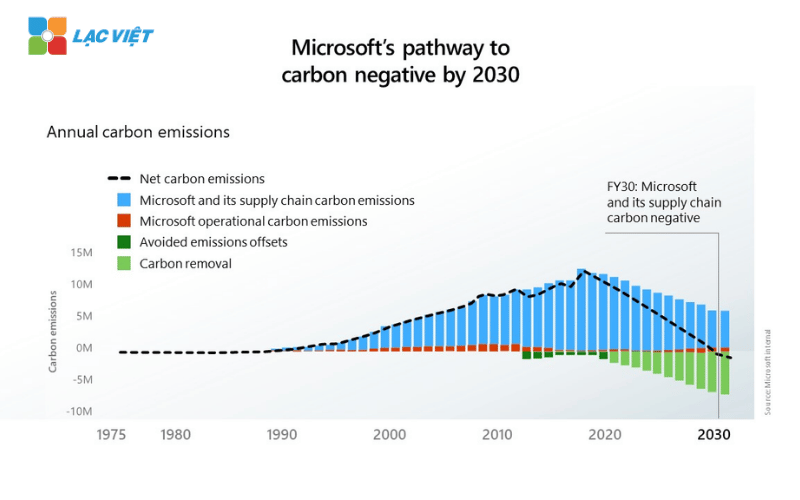
4.2. Apple – construction supply chain emissions towards Net Zero by 2030
Apple not only achieve Carbon Neutral for the entire business operations in 2020, but also set a target of Net Zero for the entire supply chain by 2030. What this means is vendors and Apple products also have to reach the level of emissions net of 0.
- Transform the entire supply chain to renewable energy: all offices, retail stores, data centers of Apple is using 100% renewable energy. Apple requires suppliers of yourself must be committed to using clean energy in the manufacture of components.
- Using recycled materials, reducing emissions from products: Apple uses aluminum recycling 100% of shell MacBook, iPad, Apple Watch. Since 2017, Apple has removed the tubers charger in the box iPhone, significantly reduce the amount of CO₂ incurred in the production and shipping.
- Investment in the project clearing carbon: Apple has funded restoration project rainforest in Colombia, Kenya, China. Support the project protect marine ecosystems helps to absorb CO₂.
Results achieved:
- By 2020, Apple has achieved Carbon Neutral for the entire internal operations.
- By 2030, all Apple products will have emissions net equal to 0, including supply chain and product life cycle.
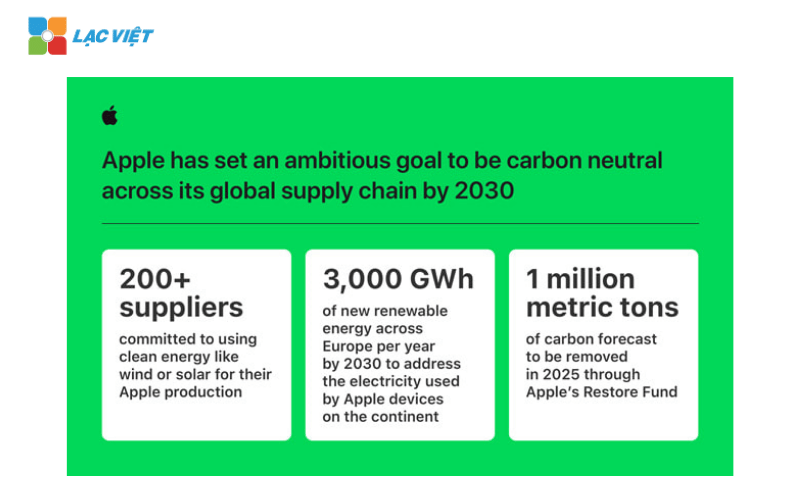
4.3. Unilever – Reducing emissions in the supply chain sustainable production
Unilever is one of the major fmcg largest in the world, with thousands of products from food to cosmetics to home appliances. The company aims to be carbon neutral for the entire supply chain in the year 2039 and are implementing sustainable solutions.
- Reduce by 50% the amount of plastic used to reduce emissions from packaging: From 2019, Unilever committed to halve the amount of plastic materials in its products. Developed packaging 100% recyclable, helping to dramatically reduce the amount of CO₂ emissions from plastic.
- Optimized logistics, use of means of transport, clean: Switch to using electric trucks, optimized transport for reduced fuel consumption. Cooperation with logistics partner to reduce emissions from the transport process of raw materials and finished products.
- Investment in agricultural regeneration: Unilever working with farmers to improve farming methods help to absorb CO₂, improve the fertility of soil increases the water holding capacity. Products such as Lipton tea, coffee of Unilever are to be produced according to the model of sustainable agriculture.
Results achieved:
- Unilever has reduced by more than 50% of CO₂ emissions in the supply chain from 2010 to the present.
- Aim carbon neutral fully in the year 2039, soon over 11 years compared with a target of Net Zero by 2050 global.
The reach Carbon Neutral has become an indispensable requirement for businesses in a global context is the transition to green economy. Reducing emissions is not burden, which is a strategy for smart investment for the future. Now it is time to give your business the action – starting route Carbon Neutral today to create a greener future, more sustainable and more responsible.

